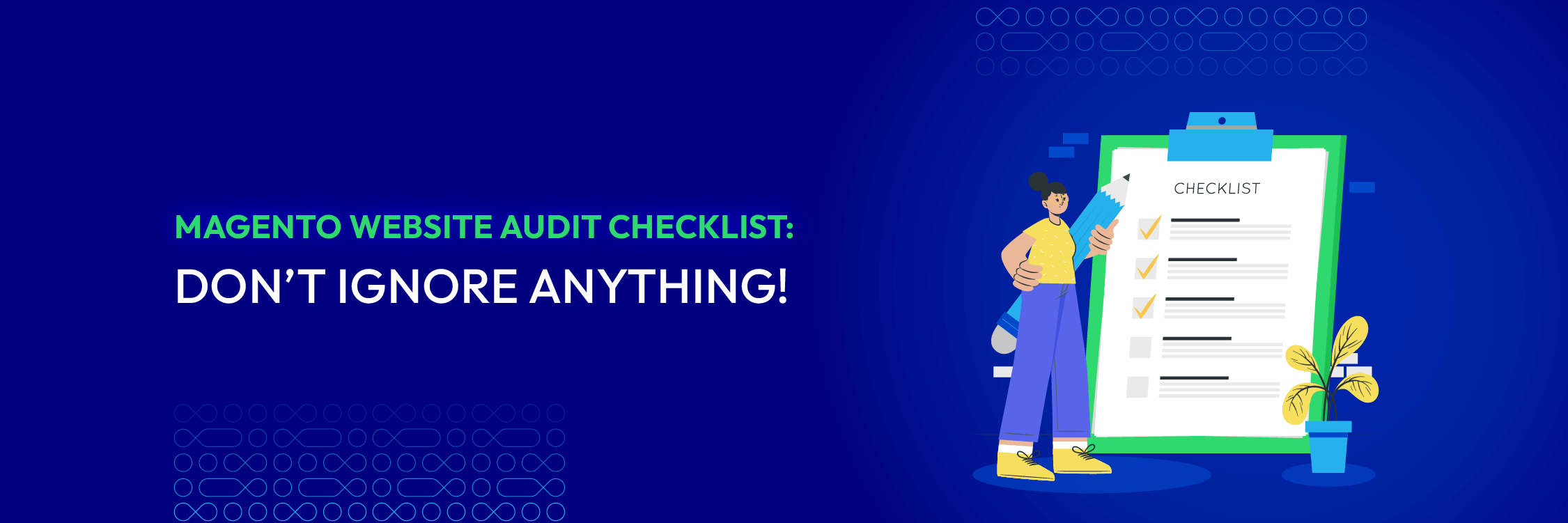10 Steps on Development of Custom Software
With a big catalog of 234+ extensions for your online store

Do you have an idea of developing a new software solution that meets the specific needs of your business? To make this a reality, you need to understand that you need to partner with a reputable development company and understand the process of developing custom software. While searching for the best outsourcing company, you should be concerned about some areas where outsourcing human resources are cheap. Custom development is not a simple project as there are many things that are required before the process begins.
If it is your first time developing custom software, it is obvious that the scope of the expected tasks may worry you. However, things will seem much easier and clearer when you understand all the 10 steps on developing custom software.
Table of content
- 1. Brainstorming and Conceptualizing the Idea
- 2. Planning
- 3. System Analysis
- 4. System Design
- 5. Development and Coding
- 6. Testing
- 7. Implementation/Launch
- 8. Support
- 9. Deployment
- 10. Maintenance
- Final Thoughts
1. Brainstorming and Conceptualizing the Idea
When developing custom software, you will have to start off with all the ideas on the table. Then, narrow down and create a concrete plan by the end of this step and also filtration through several sub-stages.
2. Planning
The second stage in custom software development is the conceptualization of the idea and planning. All custom software development projects proceed to this stage after conceptualization of ideas and brainstorming. The idea of building software comes as a solution to address issues that arise in an industry or business. The custom software development company needs to create a new solution to the issues rather than turning to the available software options.
Planning involves assessing the entire project to determine the drawbacks and possible benefits of the project. The planning stage also focuses on the specific problem, gathering the necessary information and a review of the data that is already available. However, as you start your planning, you need to have the following things in mind:
- This stage requires proper communication, which involves transparent conversations between all the stakeholders, project team, and end-users involved in the process.
- Should be preceded by brainstorming of the ideas to ensure that the plan captures all that is expected in the project.
Additionally, you need to start gathering hard evidence that allows you to make informed decisions on how your project should run. The evidence helps you justify the ideas on the product that you intend to build. This enables you to avoid implementing a project that may not offer the expected results or result in a wastage of money. Planning also allows you to be more informed, which means that you are more likely to avoid experiencing any serious issues in the future.
3. System Analysis
System analysis aims to explore the software development idea from a business executive trying to avoid making a bad investment. This is basically a feasibility study that allows you to determine whether your idea is viable. In this stage, you will have to develop the rest of the idea and also find other ways to justify its development. The phase mainly involves outlining the design as well as development stages later.
However, before you begin the analysis process, it is important to understand that:
- System analysis involves adding more details on the step above. Thus, the whole software system will be defined at this phase, including preparing a blueprint of every other phase.
- The scope of work divides the entire project into small modules, which form easily defined tasks at each stage and ensure that these tasks are managed properly to avoid anything from slipping through the cracks.
- Breaking the project into smaller parts that includes easily defined tasks is important in custom software development. This is because the process involves many parties, including developers, project managers, client-collaborators, designers, and much more. The breakdown of the project into parts also benefits those who work on the project in the later stages.
4. System Design
The phase involves creating a fully developed design of the custom software. Basically, this is where all the design takes place before the development team starts working on the project. In most cases, the development team is also involved in this case as it needs to coordinate resources and set up systems.
Additionally, you also need to have a usable plan for your software before the end of the design process. This includes how the software looks, how it functions and how it is built.
5. Development and Coding
The phase is where the software is assembled. Therefore, it involves a number of processes, including setting up infrastructure and coding. It also involves preparing documentation that defines how the software system works. Still, developers can work closely with the designers to make sure that the developed product aligns with their designs. If there is a problem with the work, the developers can work with the designers to develop a solution.
However, in this stage, you need to remember:
- Coders start working on the project once the wireframe software is laid out. Laying the wireframe and coding represents the bulk of any software project as it is where the foundation of the software is established. The coding phase is where the ideas in the early stages become a reality.
- The scope of work developed in the planning and designing stages determines how the coding tasks are allocated (task allocation). Task allocation represents a subdivision of labor that enables programmers to understand the areas of code that are assigned to them. This helps maximize efficiency.
6. Testing
When the development and coding are completed, the custom software may now proceed to system testing. At this stage, the software is well-tested and later released to the public to get their feedback. While testing the software, the QA team relies on tools such as automated testers. These tools allow them to try scenarios that would help them find issues in the software. However, before beginning this phase, it important to have this in mind:
- After coding and development, the software is then sent to the QA team, where it is thoroughly tested for any errors. A certain number of issues are likely to be uncovered in successful tests. These glitches are repaired before the product goes to users to determine their experiences.
- Once every test on the product proves there is no error to be uncovered, the software is then sent to the next step for implementation.
7. Implementation/Launch
Once the product is ready, and without any errors, it is then launched. This allows customers to get the experience of using the product and give their feedback.
8. Support
During the launch of the product, the support customers work closely with the support teams of developers and designers. The two teams work on collecting data on issues and ideas on what users want. This allows the teams to come up with solutions and make corrections to meet all the customers’ needs. However, you need to remember that:
- The implementation stage marks the last stage in the product’s lifecycle. The stage involves real use of the product by the companies and clients to help them adapt to it upon its launch.
- If any error is uncovered during this phase, it is reported to the QA team, who works with the developers and designers to patch a solution. Once the product is tested for the prearranged time and operated without any error, it is now ready for deployment.
9. Deployment
The deployment stage marks the last step in custom software development, and it aims at putting the software into production. In this stage, the product is now ready for use in a real environment. All users can now use it. However, there are different phases that the project team needs to follow to make sure the technology and code are deployed appropriately. These phases include preparation, deployment procedures, product deployment, transfer of product ownership, and closing the deployment stage. In most cases, the ownership is transferred to the business, but the team of programmers is left with the responsibility of maintaining it.
10. Maintenance
The maintenance stage occurs after the software product is fully operational. Software product maintenance includes software repairs, upgrades, and fixes of the product in case it breaks. Software applications need to be integrated with the new systems that the customer deploys and also upgraded regularly. The development team handles any defects and errors uncovered in the phase. The phase also focuses on monitoring the performance of the product.
Final Thoughts
Custom development is a complex process that requires a detailed plan and resources to complete. It also requires the client to work closely with the programmers in delivering the desired product. The steps discussed above help understand what the entire process entails. Additionally, understanding these steps ensures that you avoid common pitfalls that may delay or cause any losses in the development of the product. It also ensures that you are lost in the journey of securing a high-quality product.
Author bio: Thanh (Bruce) Pham strives to deliver successful projects maximising value for the Client by clearly establishing the project objectives and risks, controlling the programs and costs and proactively managing the project teams. Although Saigon Technology’s professionals are from a range of IT Software Development backgrounds, Thanh also seeks to ensure that they are multi-disciplined and that they are appreciative of the larger market picture of both the software development industry and of the business of the Clients that Saigon Technology is serving.

Guest
& Maintenance Services
Make sure your M2 store is not only in good shape but also thriving with a professional team yet at an affordable price.
Get StartedNew Posts

2024 Guide for Magento Website Audit (Free Downloadable Checklist)
Shopify Là Gì? Hướng Dẫn Xây Dựng Cửa Hàng Shopify Từ A-Z

How to Find a Magento Programmer for Your Startup?
Stay in the know
Get special offers on the latest news from Mageplaza.
Earn $10 in reward now!




